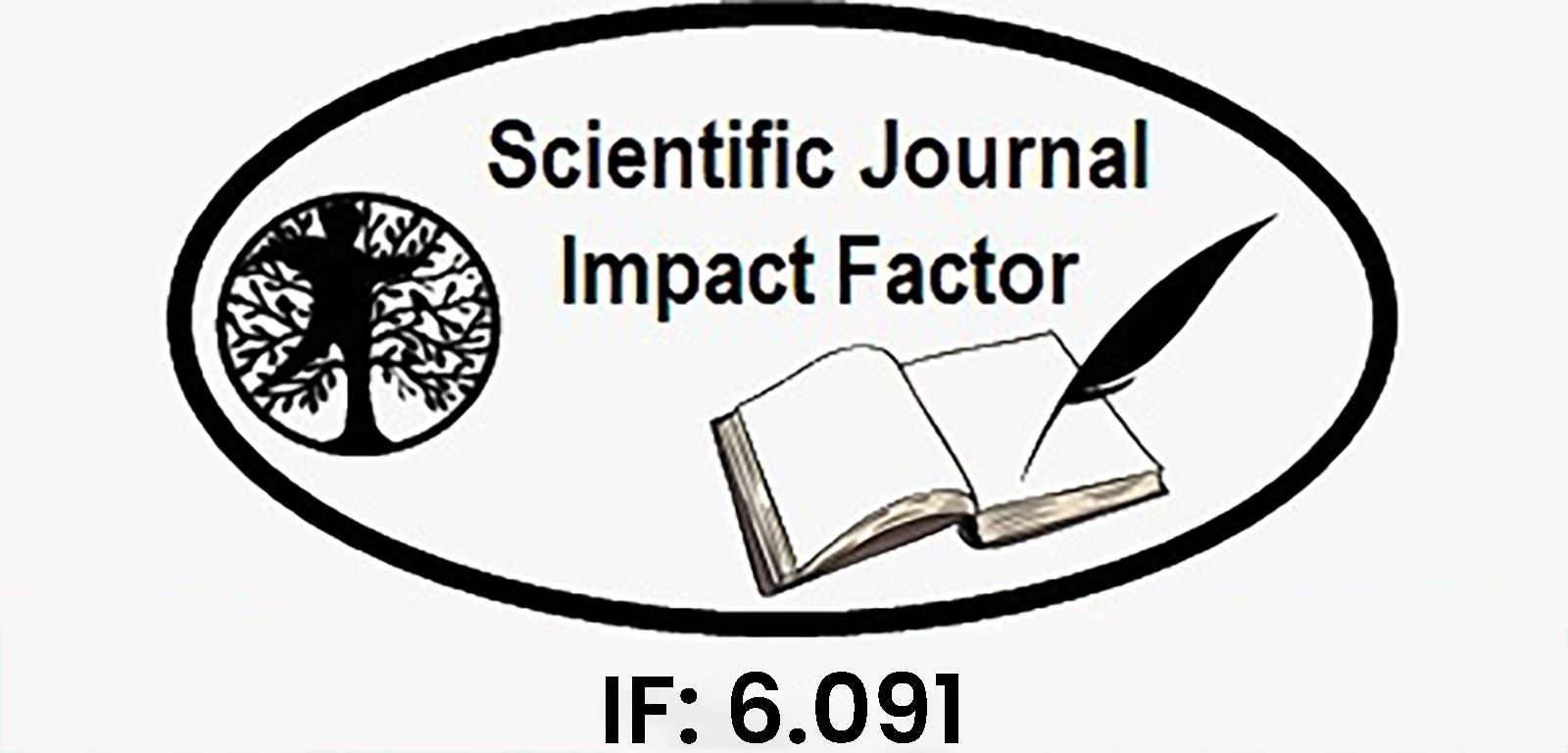Enhancing Early Detection of Kidney Diseases with an Explainable AI Model
Keywords:
NIDSs, deep learning, NSL-KDD, CKD cases, diagnosis of Chronic Kidney Disease (CKD), hypertensionAbstract
The project is dedicated to creating and evaluating an explainable AI model specifically designed for the early diagnosis of Chronic Kidney Disease (CKD). The emphasis on explainability ensures that the model's predictions are transparent and comprehensible, addressing a crucial aspect in the adoption of AI in healthcare. Chronic Kidney Disease is acknowledged as a significant global health concern. Early diagnosis is deemed essential to halt further kidney damage and curb escalating healthcare costs associated with managing advanced CKD cases. The project recognizes the broader implications of CKD and aims to contribute to proactive solutions. The proposed model employs an optimization framework to strike a balance between classification accuracy and explainability. This approach ensures that the AI model not only provides precise predictions but also offers insights into the reasoning behind those
predictions. The optimization process enhances the model's overall effectiveness. The project implements an extreme gradient boosting classifier, a powerful machine learning algorithm, utilizing three key features for CKD diagnosis: hemoglobin, specific gravity, and hypertension. These features are identified as crucial contributors to the early identification of CKD, reflecting the model's focus on relevant clinical indicators. The project presents a promising solution for early CKD diagnosis, particularly addressing the challenges faced by developing countries. By emphasizing reduced cost implications, the model offers a practical and efficient approach to diagnosing CKD in resource-constrained settings, contributing to improved accessibility and affordability of healthcare solutions. And also we applied an ensemble method to combine predictions from multiple models, enhancing the overall accuracy and robustness of our system. We explored advanced ensemble techniques such as the Stacking Classifier, achieving an impressive 100% accuracy.
Downloads
Downloads
Published
Issue
Section
License

This work is licensed under a Creative Commons Attribution-NonCommercial-NoDerivatives 4.0 International License.















